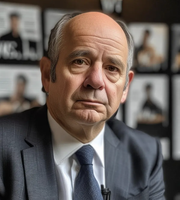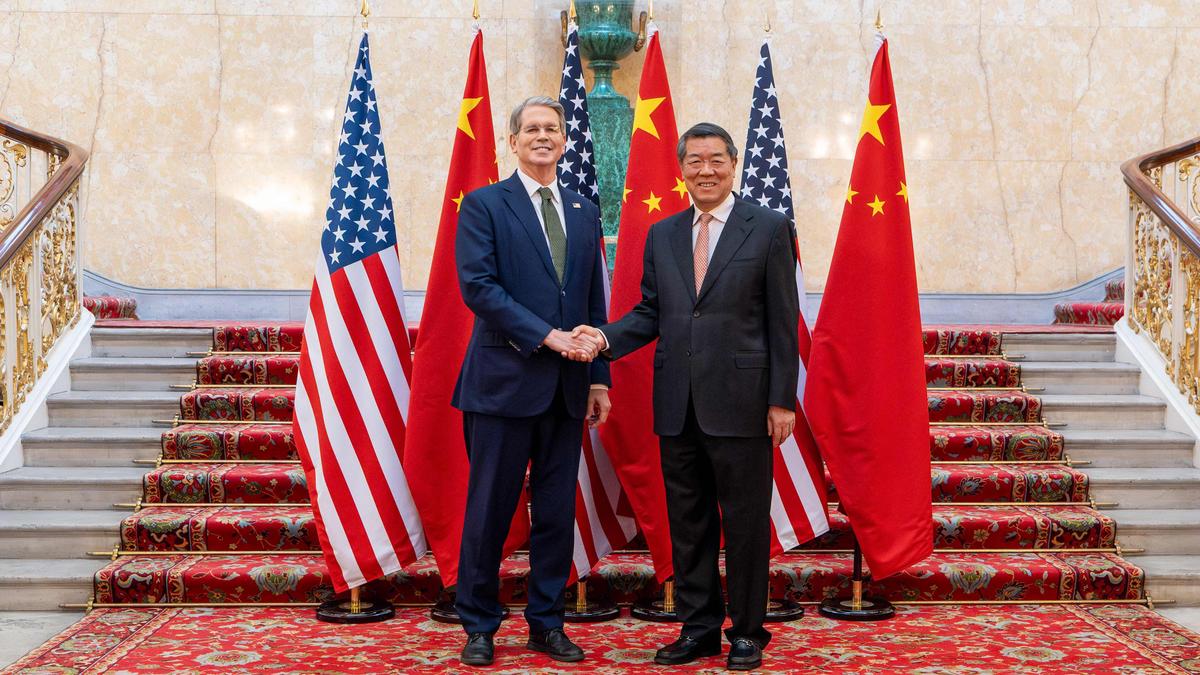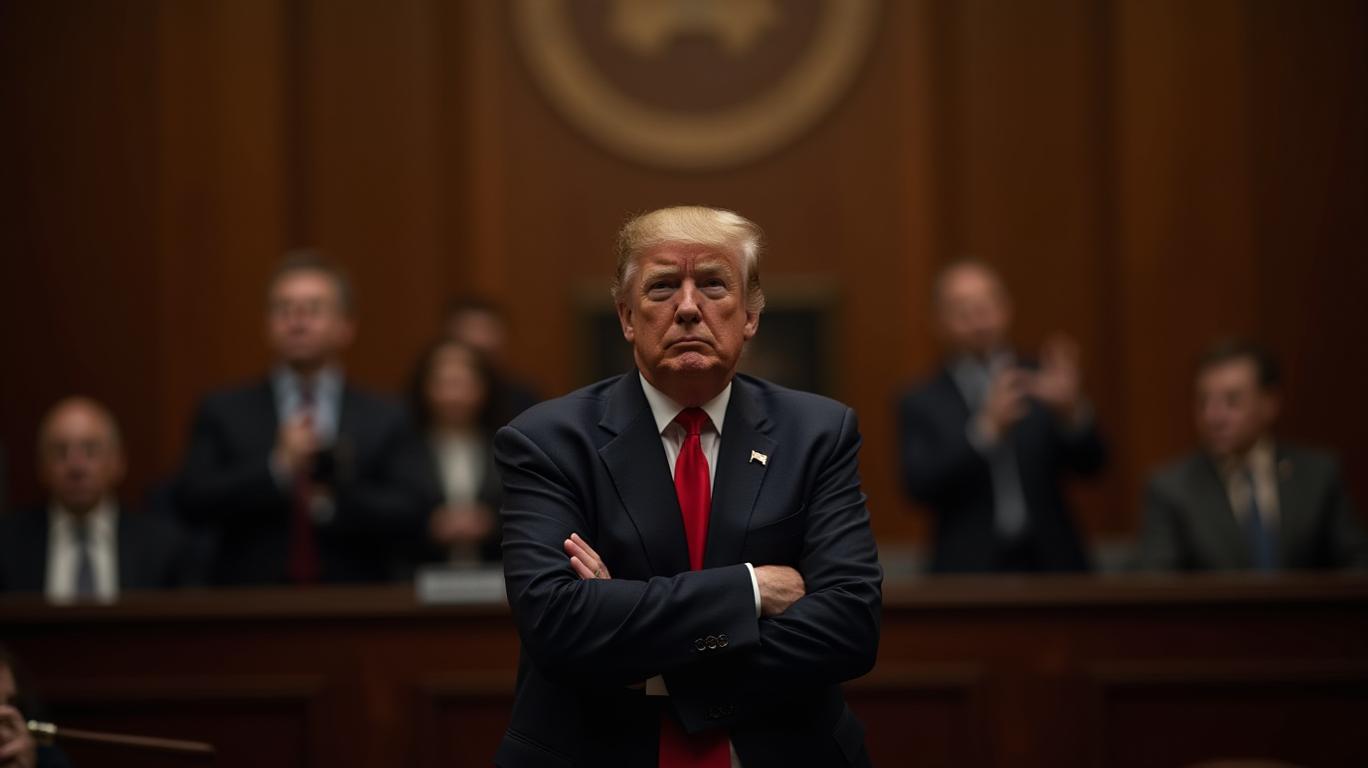Binance’s Regulatory Juggernaut: Navigating U.S. Oversight Amid Strategic Alliances
Binance, the world’s largest cryptocurrency exchange by trading volume, is engaged in a high-stakes dual play: lobbying to reduce U.S. regulatory oversight while simultaneously negotiating a partnership with World Liberty Financial, the crypto venture linked to former President Donald Trump. As reported by the Wall Street Journal and Reuters, these moves reflect Binance’s strategic calculus to mitigate legal risks while positioning itself for growth in a politically charged crypto landscape.
The Regulatory Tightrope
In March 2025, Binance executives met with U.S. Treasury officials to seek the removal of a federal monitor imposed after the company’s November 2023 guilty plea and $4.3 billion settlement for violating anti-money laundering (AML) and sanctions laws. The monitor, appointed to oversee compliance reforms, has been a thorn in Binance’s side, constraining its ability to operate freely in the U.S. market. CEO Richard Teng and Chief Legal Officer Eleanor Hughes argued that the monitorship’s continued presence was unnecessary, given Binance’s compliance efforts since the settlement.
This push underscores Binance’s broader challenge: balancing global ambitions with the U.S. regulatory environment. The Treasury’s response remains unclear, but the timing is telling. The Trump administration’s recent repeal of the IRS’s expanded DeFi tax reporting rule—a victory for crypto advocates—suggests a pro-crypto regulatory tilt that Binance may be leveraging.
The Trump Connection
Simultaneously, Binance is in talks to list a dollar-pegged stablecoin issued by World Liberty Financial, Trump’s crypto venture. This partnership could amplify Binance’s profile while aligning it with a politically influential brand. However, it raises red flags. The collaboration invites scrutiny over potential conflicts of interest, especially as Binance’s founder, CZ, sought a Trump pardon in 2024.
The stablecoin’s success hinges on trust. Unlike competitors like Tether (USDT) or Circle’s USDC, World Liberty’s token would benefit from Trump’s name recognition but must overcome skepticism about political entanglements. Binance’s decision to list it signals confidence in its regulatory resilience—or perhaps a gamble that political alliances can offset regulatory risks.

Investor Implications
For investors, Binance’s strategy presents a classic risk-reward trade-off. On one hand, reducing regulatory oversight could unlock new revenue streams and investor confidence. The removal of the monitorship might allow Binance to relaunch U.S.-facing products, which analysts estimate could boost its valuation by 15-20%.
On the other hand, the World Liberty deal introduces regulatory and reputational risks. If the stablecoin faces backlash or legal challenges, Binance could suffer collateral damage. Meanwhile, the Treasury’s stance remains uncertain; in April 2025, it reportedly called the monitorship “non-negotiable,” complicating Binance’s lobbying efforts.
Data-Driven Outlook
Historically, crypto firms under regulatory pressure have seen volatile investor reactions. For example, Coinbase’s stock dropped 30% in 2023 amid SEC probes but rebounded 50% by early 2024 after regulatory clarity. Binance’s BNB token, however, has underperformed, down 18% since its 2023 peak, reflecting lingering legal uncertainties.
Crucially, stablecoin adoption correlates strongly with regulatory stability. USDC’s market share surged after Circle’s IPO, while Tether’s dominance has waned amid transparency concerns. If Binance can navigate the monitorship issue and World Liberty’s token gains traction, its market position could strengthen.
Conclusion
Binance’s dual strategy—regulatory lobbying and political alliances—reflects its ambition to dominate crypto’s institutionalization phase. However, success hinges on balancing these moves without triggering fresh regulatory backlash.
Investors should monitor two key metrics:
1. Regulatory Progress: The Treasury’s final decision on the monitorship, expected by Q3 2025, will likely move Binance’s valuation.
2. Stablecoin Adoption: If World Liberty’s token captures even 5% of the $200 billion stablecoin market, it could add $10 billion in annual trading fees for Binance.
While Binance’s moves are bold, they mirror the crypto industry’s broader trajectory: innovation colliding with regulation, and political influence shaping market dynamics. For now, the outcome remains as uncertain as the price of BNB itself.










